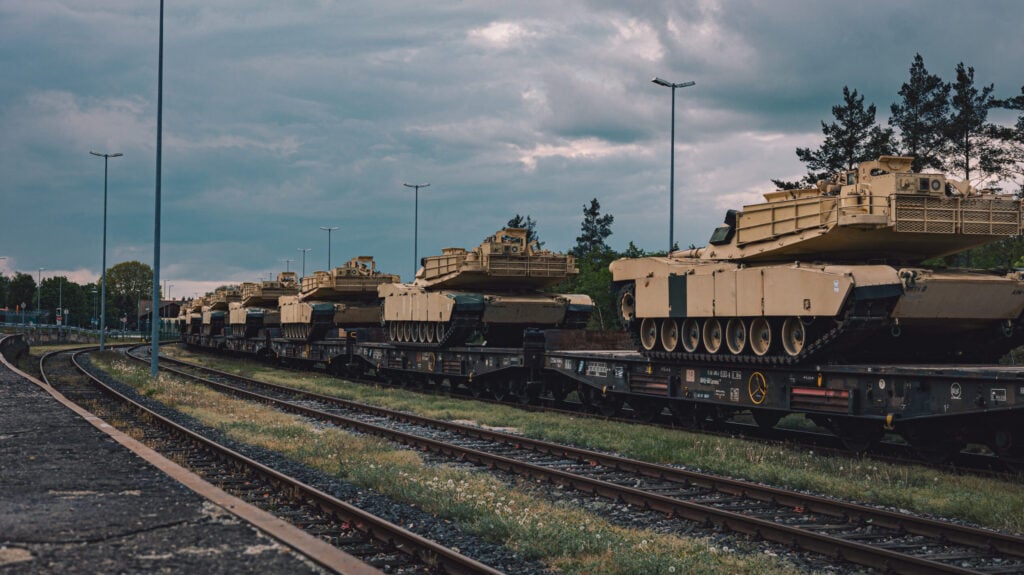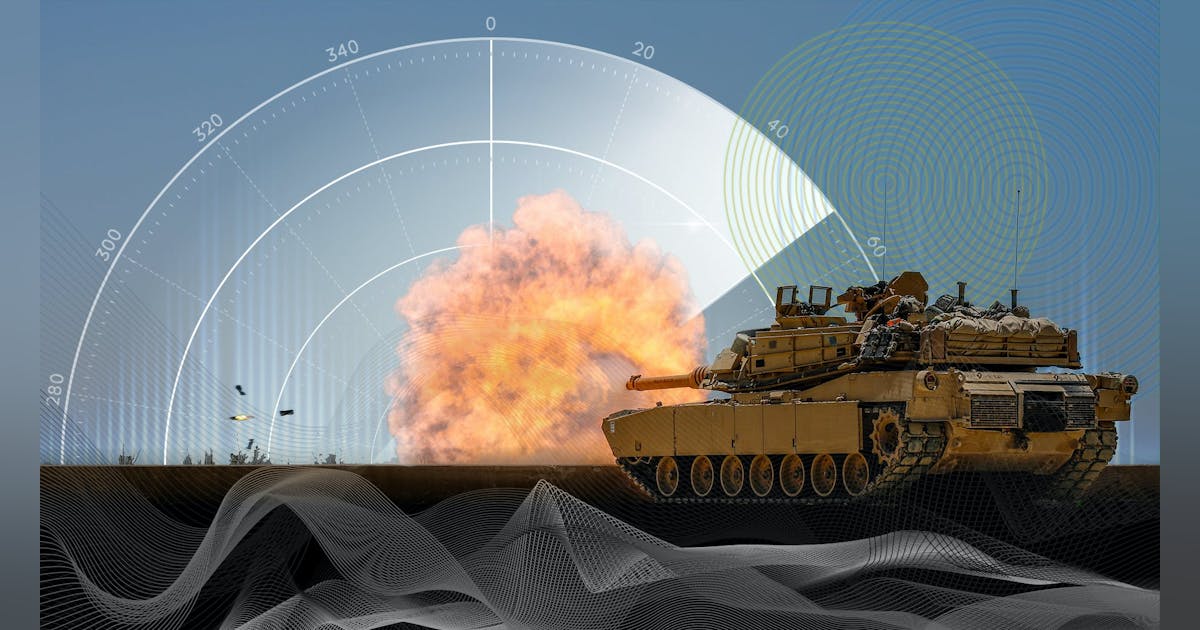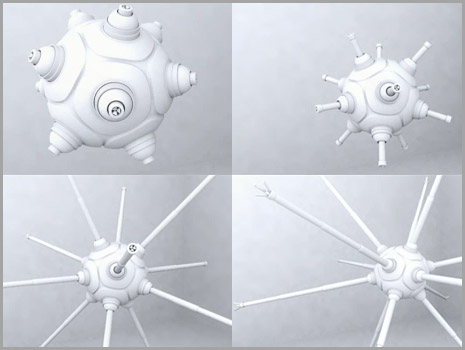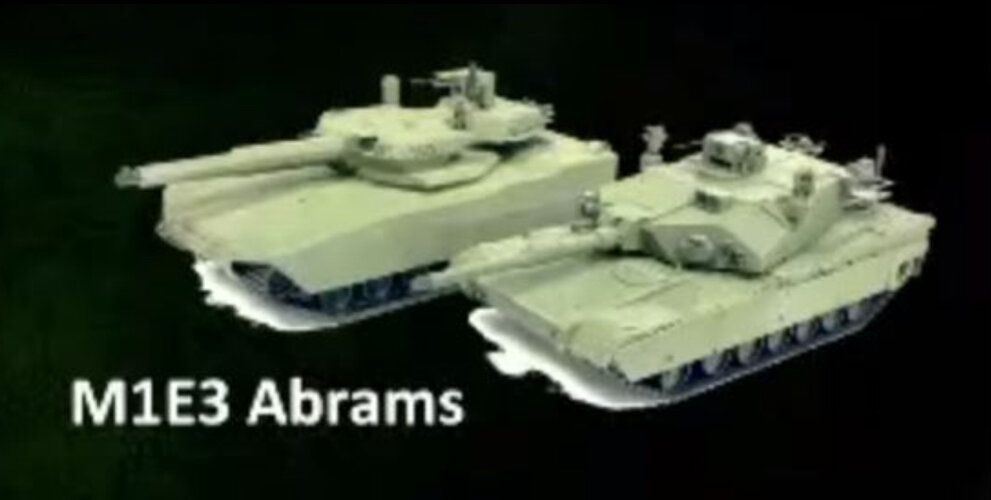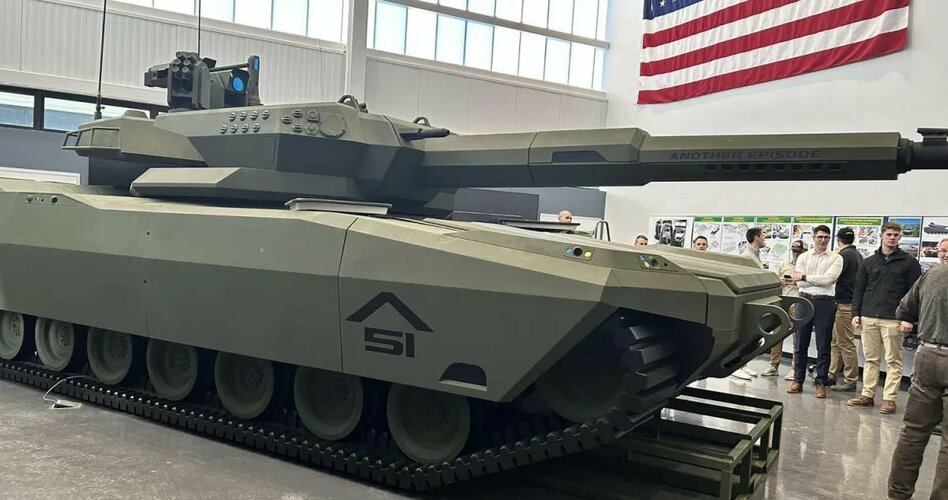If it won't tolerate high casualties, it will lose. It's that simple.
There's no real getting around that. Even if it's willing to absorb high casualties, it might still lose, but the PRC isn't the Soviet Union and it barely spends any of extensive industrial outputs on armored vehicles by comparison. Relative to each other, the only world superpowers have much more equal mass and materiel reserves, although the PRC has a far greater fraction of global industrial output and potential bodies.
The U.S. has never actually shied away from casualties either. That's a myth, and a particularly pernicious one, brought about by America's inability to win in Korea because it never brought back its war veterans (unlike the People's Volunteer Army, which was nothing but war veterans). Besides, said "technological solutions" are highly unlikely to be found at any point in history, for at least for several more decades. Perhaps never, actually, given how slowly the U.S. moves in terms of technology compared to its hypothetical opponents.
M1 tanks will probably be rolling into WW3 without APS, aside from a select few brigades, and those brigades will have Trophy, which is not very effective against top attack missiles. They will probably die a lot for the first year or two, the troops will adapt after a few thousand of casualties, and a few tens of thousands of casualties later, and maybe another year or two, the U.S. will either enter a stalemate and sign an armistice, or win the war.
That's the present trajectory and there's very little reason to think anything otherwise will happen. The U.S. has too many powerful regional allies to be completely defeated in any hypothetical world war, and it is rightfully stubborn enough to not just surrender everything. Likewise, it's too slow to move on adopting new equipment, but this is nothing unique to it, although such slowness in "peacetime" may only be shared by democracies, rather than Leninist-descended societies which assume that "wartime" is the natural state of the world.
The U.S. will tolerate high casualties simply because it will probably suffer them, because it's out of practice, like all the major powers.

